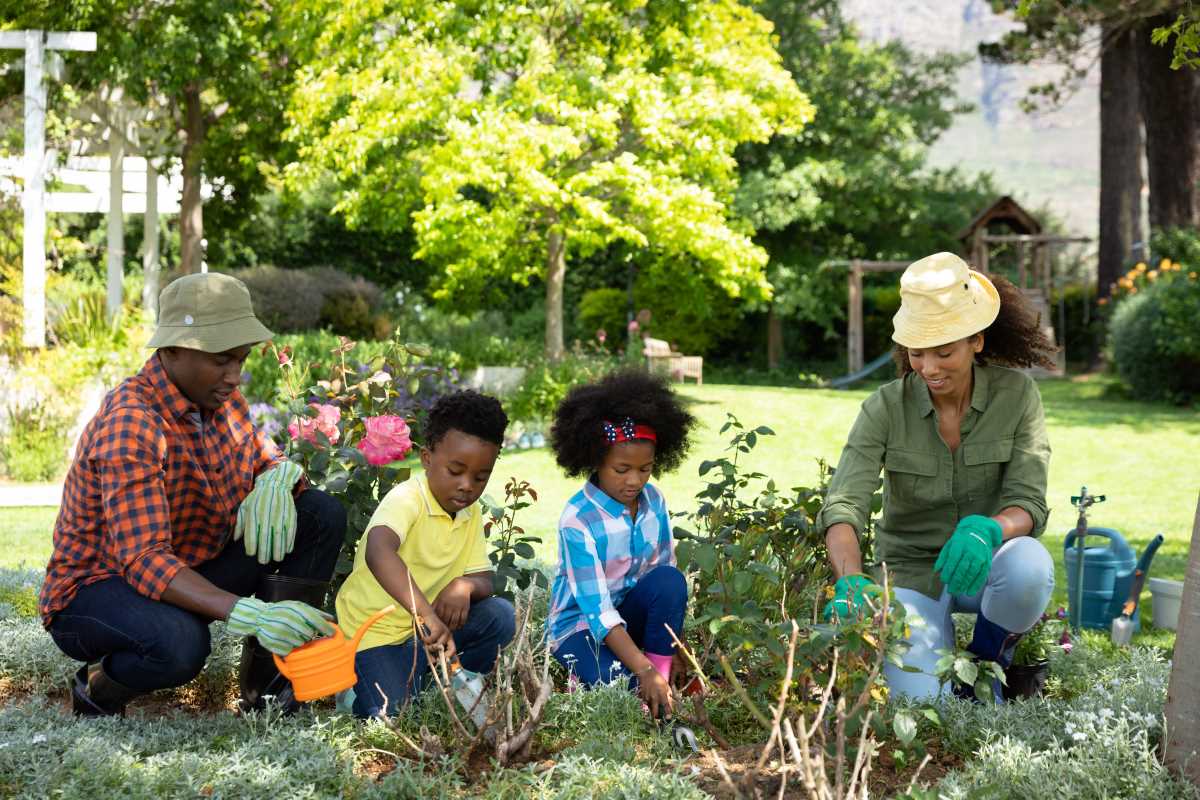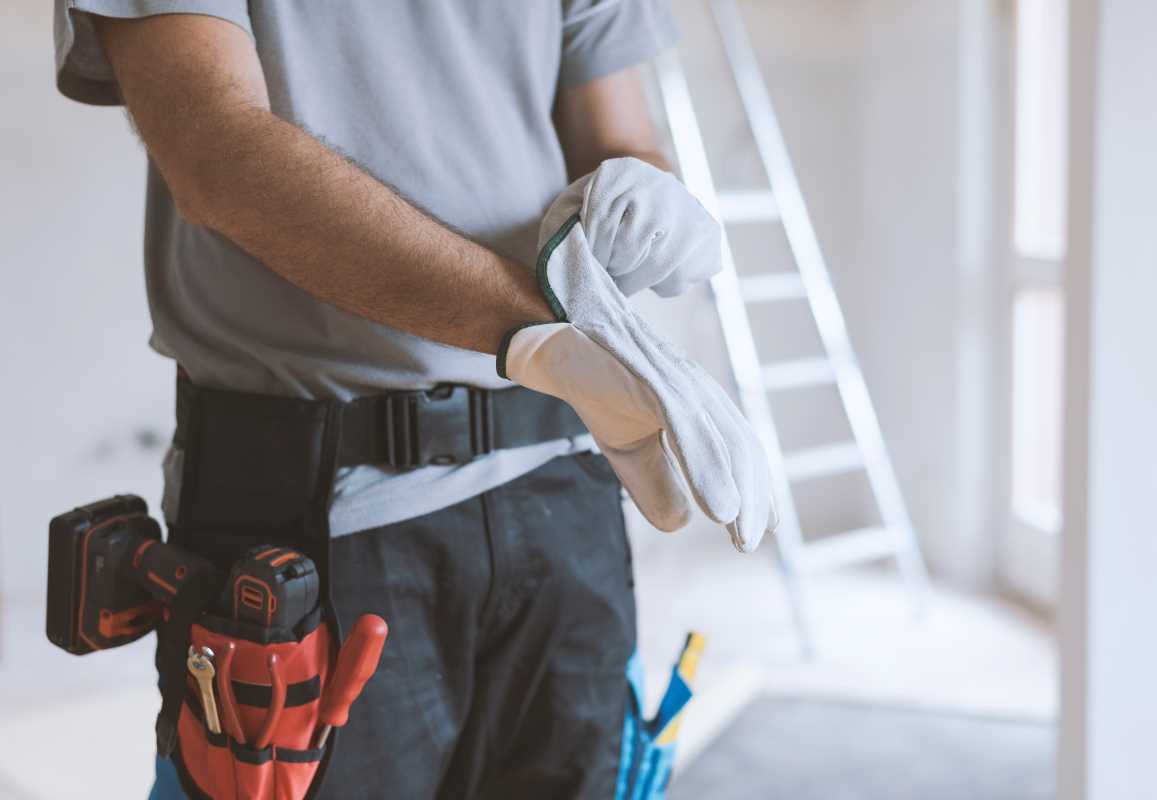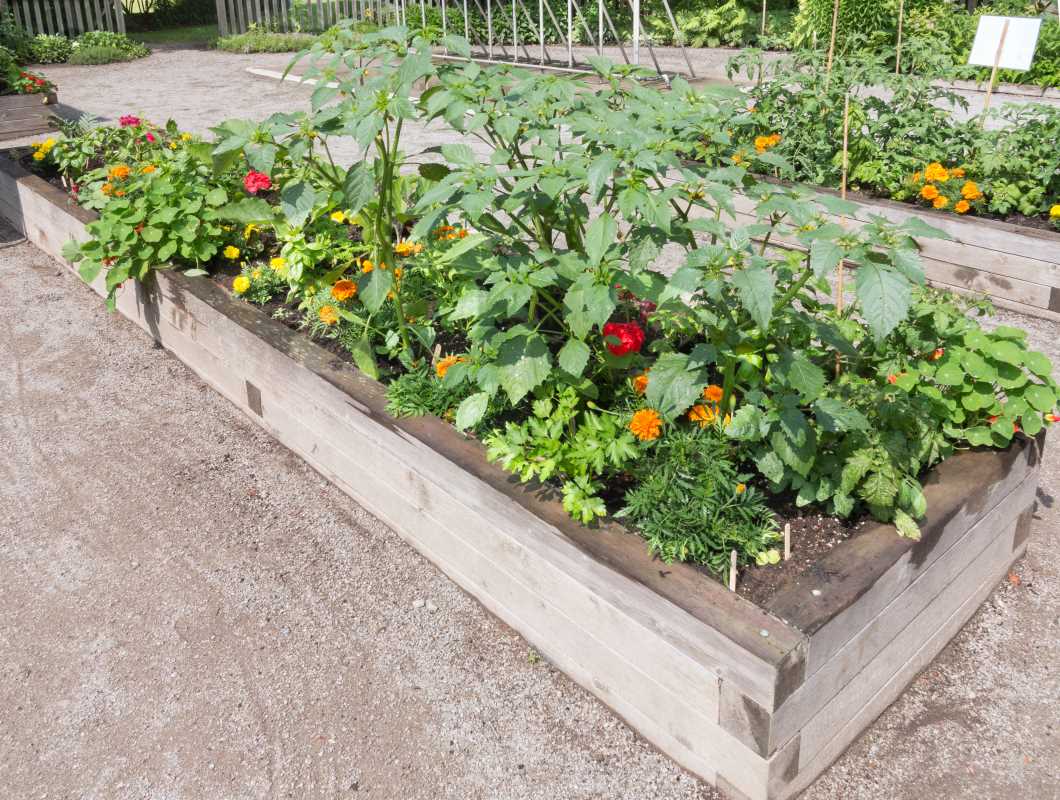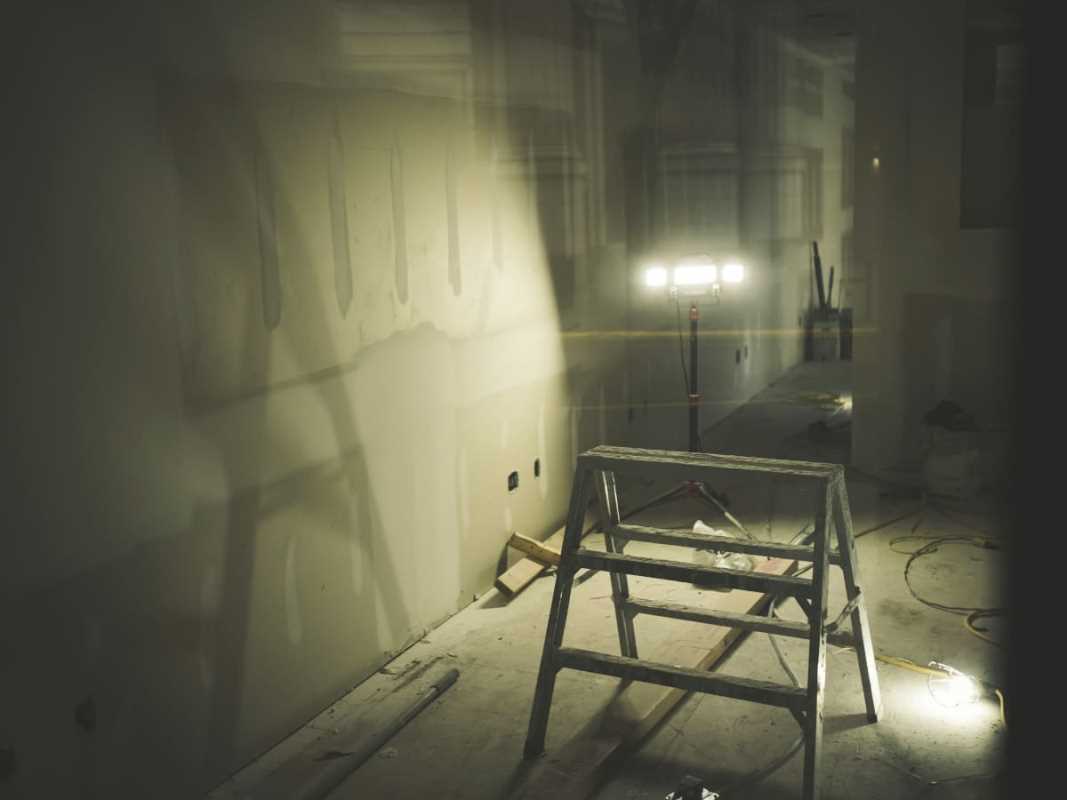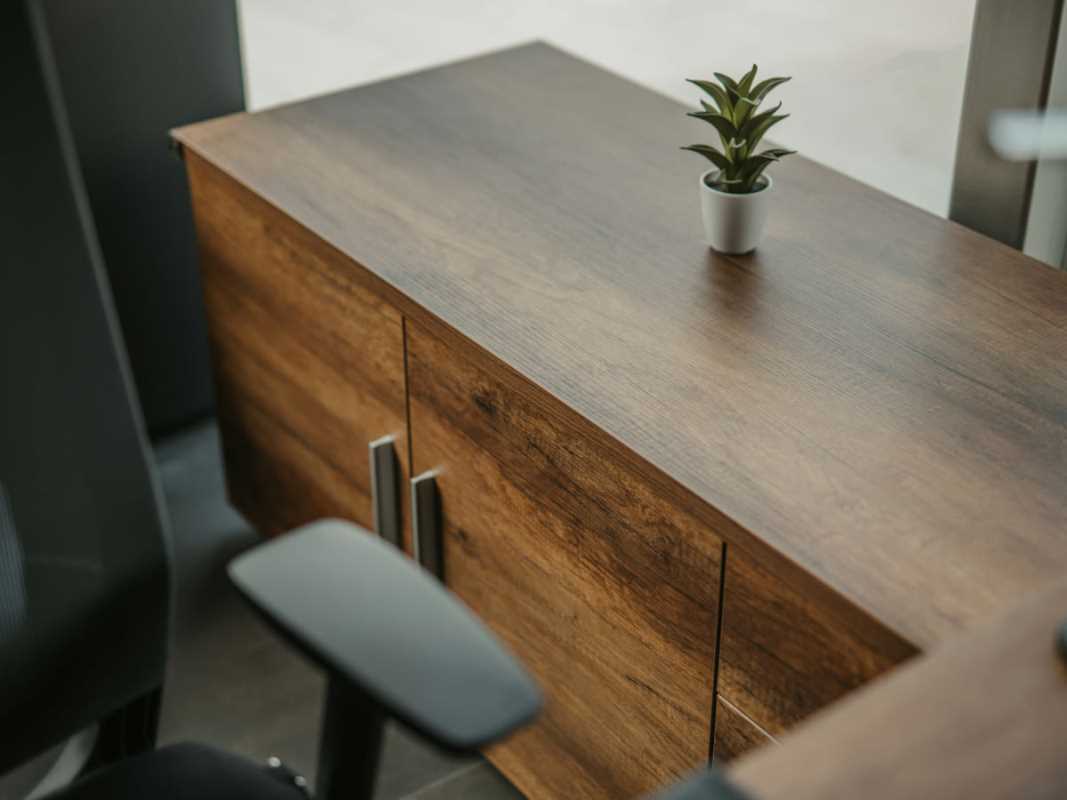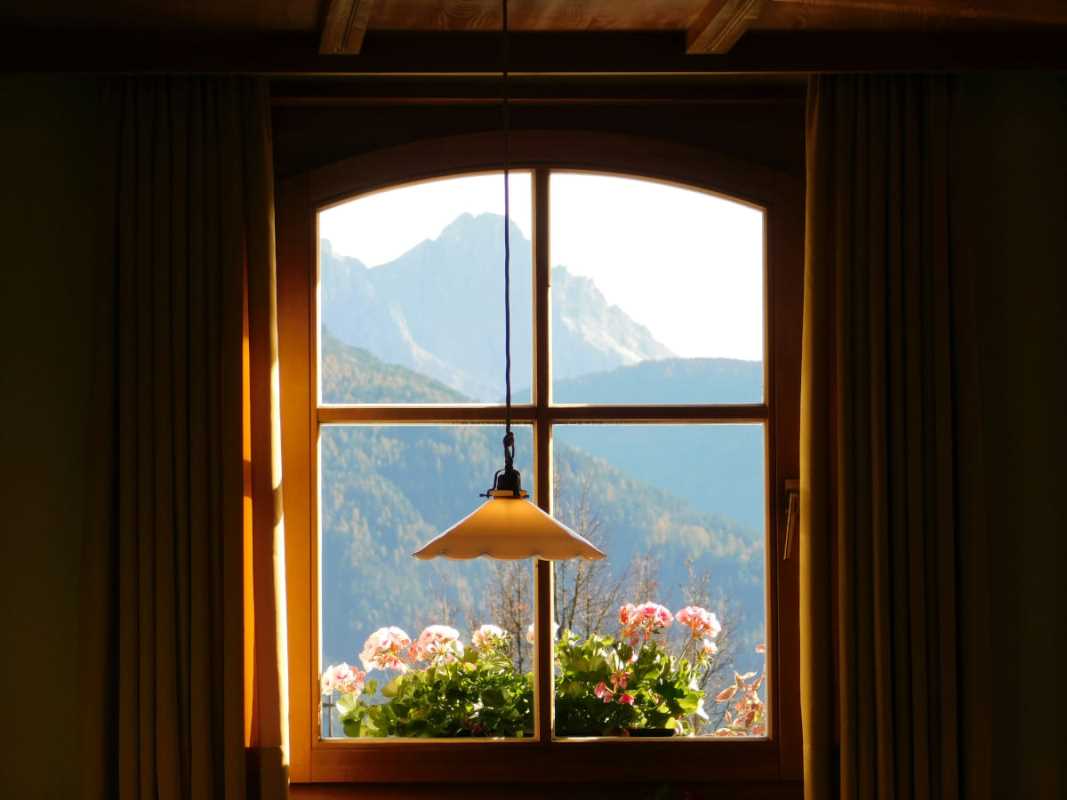Composting is like alchemy for your garden. It’s the magical process of turning apple cores, coffee grounds, and yard clippings into rich, fertile soil that your plants will absolutely adore. And the best part? You don’t need a green thumb or a fancy compost tumbler to get started.
With a few everyday tools and a little creativity, you can make your own compost bin to recycle those kitchen scraps into garden gold. Here’s how you can DIY your way to composting success.
Why Composting Is a Game-Changer
Before we start building, let's talk about why composting is so fantastic. For one, it reduces waste. Instead of sending food scraps to a landfill where they’ll just clutter up space, you’re giving them a second life as nutrient-dense compost. It’s like upcycling for garbage.
Healthy soil is another win. Compost enriches the ground with organic matter, helping it retain moisture and reducing the need for chemical fertilizers. Think of it like a multivitamin for your garden beds. Microbes love it, worms thrive in it, and plants grow better because of it.
Composting is also surprisingly eco-friendly. Food waste in landfills produces methane, a potent greenhouse gas. By composting at home, you can significantly cut down on your own carbon footprint while greening your garden. Win-win!
Finally, there’s the cost benefit. Instead of buying bags of expensive soil amendments, you’re making your own for free. Plus, it helps you get clever with scraps you’d otherwise toss, from banana peels to onion skins. Not much in life is as satisfying as turning trash into treasure.
Now that you're fully on board, let's look at how you can create three different types of DIY compost bins. Whether you’re tight on space, new to composting, or looking for an advanced setup, there’s a bin here for you.
Building A Simple Trash Can Compost Bin
If you’re new to composting and looking for something quick and easy, a trash can compost bin is a great place to start. It’s affordable, compact, and perfect for small spaces. Plus, you probably already have most of the materials at home.
Start with a sturdy, plastic garbage can with a tight-fitting lid. Ideally, it should hold at least 20 gallons, but you can go bigger if you’ve got the space. Drill small holes on the sides, bottom, and lid to allow for airflow. Composting microbes are aerobic, meaning they need oxygen to do their thing.
Next, fill the bin with a mix of "greens" (like fruit peels and coffee grounds) and "browns" (like dried leaves, cardboard, or shredded paper). It’s all about balance. Too many greens and your bin will smell like a swamp. Too many browns and things will move as slowly as molasses.
To kick things off, sprinkle a handful of soil into the bin to introduce useful microbes. Then, give it a shake or a roll every few days to aerate the contents evenly. (Rolling the can is oddly satisfying, by the way.)
The beauty of this setup is its simplicity. It’s portable, tidy, and small enough to tuck away on a balcony or in a corner of your yard. Just remember to keep the lid on tight, especially if you live in an area frequented by curious critters like raccoons.
Crafting A Wooden Pallet Compost Bin
For those with a backyard and a few spare pallets lying around, this homemade wooden bin is a fantastic option. It’s larger than the trash can model, but perfect if you generate a lot of food or garden waste.
Gather three to four wooden pallets. These are easy to find for free at construction sites or stores that no longer need them. Once you have them, assemble three of the pallets into a U-shape. Use nails, screws, or cable ties to fasten them securely. The open side will serve as your access point.
For the front of your bin, you have plenty of options depending on how "fancy" you want to get. You can lean the fourth pallet against the opening like a makeshift door, or cut it into slats you can add and remove as needed to control the pile's height.
Like the trash can method, you'll layer your greens and browns here too. Garden clippings, veggie scraps, and even eggshells make ideal composting materials. Avoid adding dairy, meat, or greasy food scraps, as they can invite pests.
One advantage of the pallet bin is its capacity to handle larger volumes. It’s perfect for households with sprawling vegetable gardens or big fall leaf piles. Plus, the slatted design encourages airflow, keeping odors to a minimum and decomposition on track.
Creating A Worm-Friendly Bin for Vermicomposting
If you’re intrigued by the idea of employing some wiggly workers in your compost process, vermicomposting is definitely worth exploring. Don’t worry; it’s not as messy or complicated as it sounds. All you need is a bin, some bedding, and a few hundred red worms. Gross? Sure. But weirdly cool? Absolutely.
Use a shallow, plastic storage bin with a lid, about 12–18 inches deep. Drill small holes in the bottom for drainage and along the sides for ventilation. Line the base with a tray or place your bin on bricks to catch any moisture that escapes.
Next, prepare your worms’ bedding. A mix of shredded newspaper, cardboard, and a handful of dirt works well. Dampen the bedding so it’s moist, but not soggy. Think of it as setting up a cozy home for your little composting buddies.
Now, for the stars of the show. Red wigglers are the ideal worms for this job. You can buy them online or from local garden centers. Add them to the bin along with a small supply of food scraps (they’re fans of fruit peels, veggie scraps, and eggshells, but avoid citrus and meat).
Feed your worms every few days, burying the scraps under the bedding to avoid odors or attracting fruit flies. Over time, they’ll turn your scraps into nutrient-heavy "worm castings," a compost material so rich plants will practically applaud.
The best part? Vermicomposting is compact and works well indoors, even in small apartments. Just make sure your worm bin doesn’t overheat, and keep it in a cool, shaded spot.
Compost Tips for Success
No matter which bin you choose, certain composting rules apply across the board. Here's how to ensure your efforts produce quality compost:
- Aim for a 2-to-3 ratio of "browns" (carbon-rich material like leaves) to "greens" (nitrogen-rich scraps like veggie peels). This helps balance moisture and nutrients.
- Keep the bin moist, not soaked. Think damp sponge, not dripping sponge. If it’s too dry, add water. If it’s too wet, add more browns.
- Turn or aerate the pile regularly to speed up decomposition and reduce odor. Even a simple poke with a pitchfork works.
- Avoid adding bones, dairy, or greasy food. These attract pests and slow down the process.
- Patience is key. Depending on conditions, compost can take 3–6 months to mature. Don’t rush it; good things take time!
Turning Scraps into Gardening Goodness
Once your compost is ready, you’ll know. It’ll be dark, crumbly, and smell earthy, not like leftovers. Use it to top-dress flowerbeds, enrich veggie patches, or even mix into potting soil for indoor plants. Your soil will love you; your waste bin will thank you, and your garden will show its gratitude with lush, thriving blooms.
With these three DIY bins and the right approach, anyone can take kitchen scraps and yard waste and transform them into something truly valuable. Plus, composting feels like a superpower once you get the hang of it.
